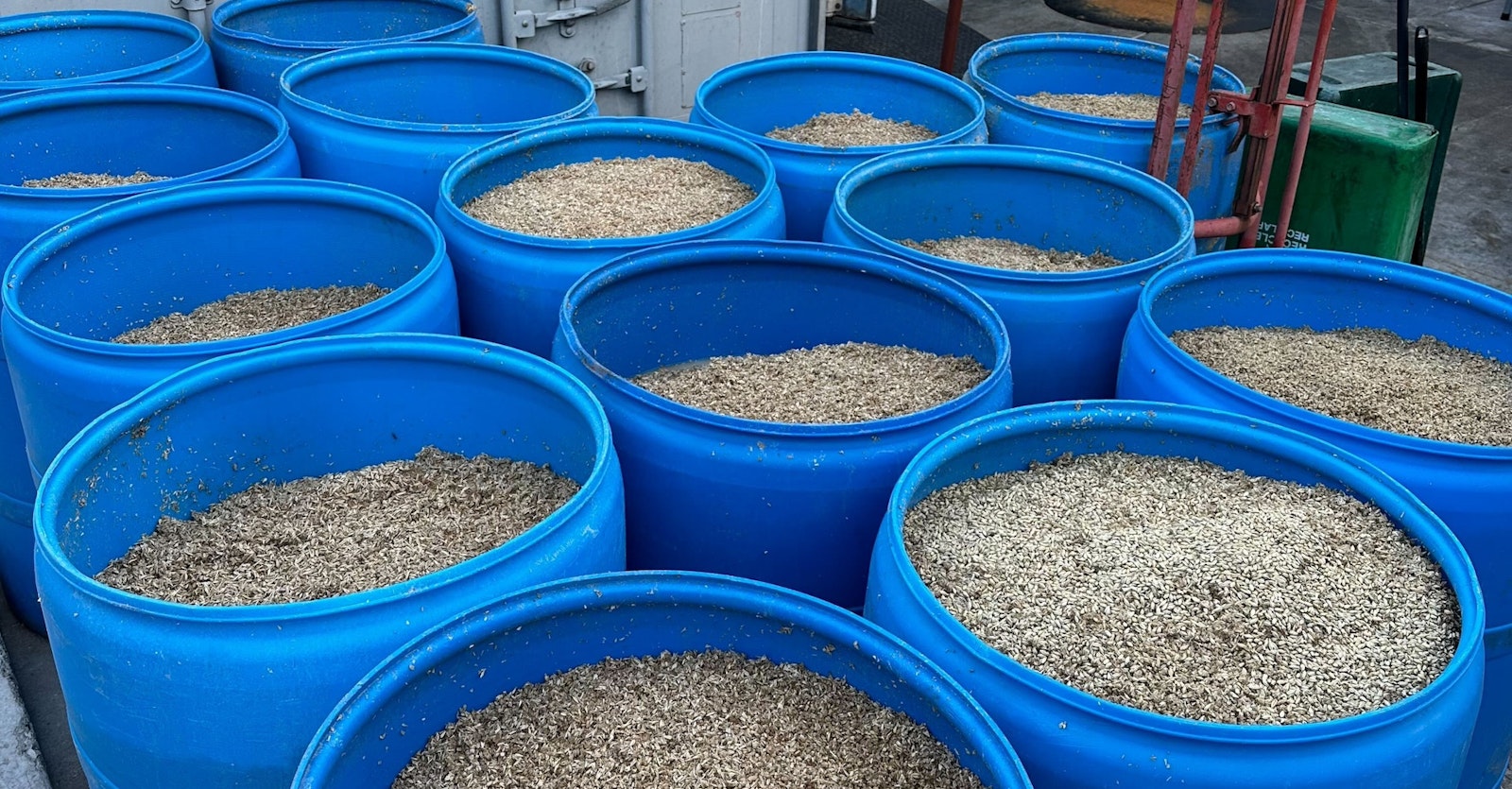Conventionally, distillers have given their stillage—the wet-grain waste left from the mashing process—to farmers for use as animal feed, offering a source of protein for cattle. However, as the whiskey industry continues to grow—and with it the number of smaller craft distilleries—producers will need to identify new destinations for their spent grains.
According to the Kentucky Distillers Association, bourbon production has increased by more than 360 percent in the past quarter-century. Meanwhile, there are fewer cattle in the state than there used to be. Without a plan, distillers could be left with more waste than they know what to do with. However, help may be at hand: This looming waste problem is fueling innovation in how to use this industry by-product.
“There’s a lot of technology out there at different stages,” says Dr. Brad Berron, associate professor of chemical engineering at the University of Kentucky. He coordinates the research activities within the university’s James B. Beam Institute for Kentucky Spirits.

